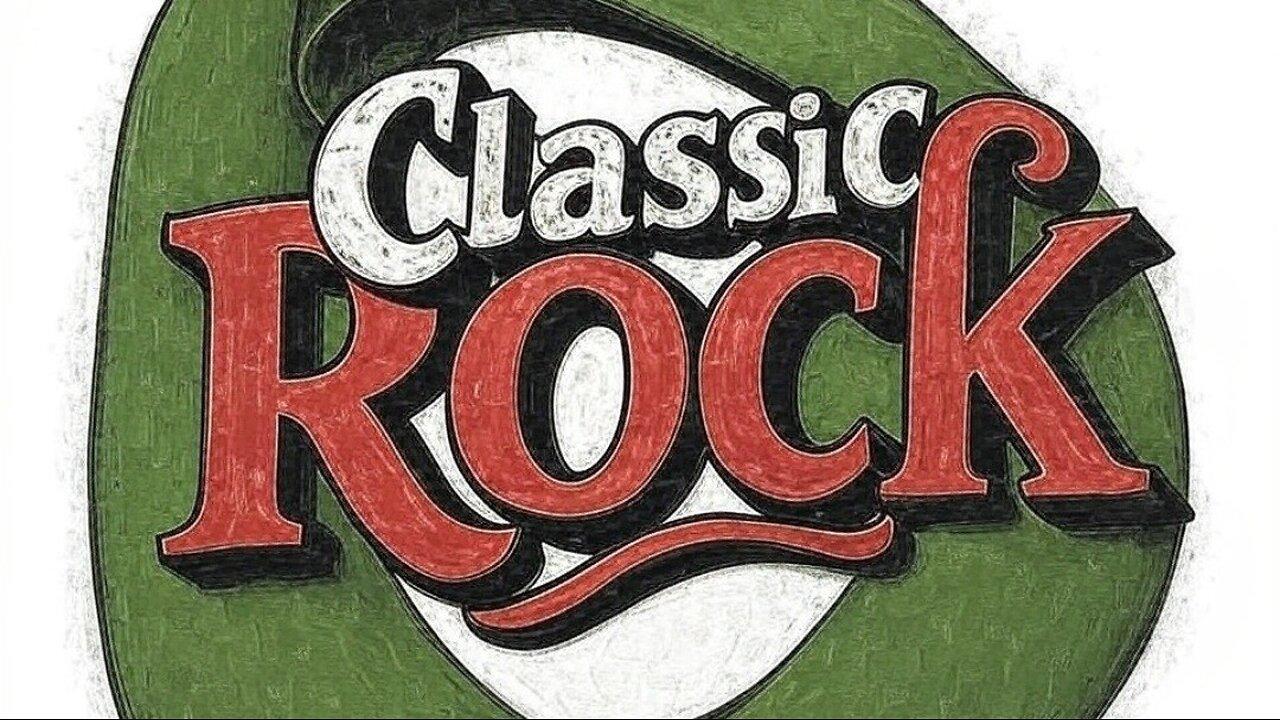Classic Rock

Classic Rock
Rock music from the '70s, '80s, and '90s spans a wide range of styles, from the raw energy of classic rock to the rebellious edge of punk, the theatrical flair of glam, and the introspective grit of grunge.
Each decade had its defining sounds, bands, and cultural impact.
Here’s a concise overview based on the web results and general knowledge, tailored to give you the essence of each era without overwhelming detail: 1970s: The Golden Age of Classic Rock Sound: Heavy riffs, bluesy solos, and anthemic songs.
Think soaring vocals, extended guitar jams, and larger-than-life stage presence.
Key Bands: Led Zeppelin, Black Sabbath, Pink Floyd, The Rolling Stones, The Who, Aerosmith, Queen, Deep Purple.
Subgenres: Hard rock, progressive rock (Yes, Genesis), glam rock (David Bowie, T.
Rex), punk’s early roots (The Ramones, Sex Pistols).
Vibe: Arena rock ruled, with bands filling stadiums. Punk emerged late in the decade as a raw, anti-establishment counterpoint.
Notable Albums: Led Zeppelin’s IV (1971), Pink Floyd’s Dark Side of the Moon (1973), The Clash’s London Calling (1979).
Cultural Impact: Rock became a cultural force, with festivals like Woodstock (1969, carried into the '70s vibe) and massive tours.
Vinyl records and FM radio were king.
1980s: Diversity and Mainstream Explosion Sound: Polished production, synth influences, and a blend of grit and glamour.
Hair metal brought flashy riffs, while new wave and post-punk added introspective and experimental edges.
Key Bands: Guns N’ Roses, Bon Jovi, Def Leppard, U2, The Police, Metallica, Van Halen, R.E.M.
Subgenres: Hair metal (Mötley Crüe, Poison), thrash metal (Metallica, Slayer), new wave (Talking Heads, Depeche Mode), post-punk (Joy Division, The Cure).
Vibe: MTV launched in 1981, making music videos central to rock’s identity.
Big hair, leather, and excess defined the glam scene, while underground movements like college rock gained traction.
Notable Albums: U2’s The Joshua Tree (1987), Def Leppard’s Hysteria (1987), Metallica’s Master of Puppets (1986).
Cultural Impact: Rock dominated pop culture, with stadium tours and music videos amplifying its reach.
The rise of CDs and cassette tapes made music more accessible.
1990s: Grunge and Alternative Take Over Sound: Raw, angsty, and introspective.
Grunge stripped rock to its core, while alternative rock embraced eclectic influences.
Key Bands: Nirvana, Pearl Jam, Soundgarden, Alice in Chains, Red Hot Chili Peppers, Radiohead, Green Day, Smashing Pumpkins.
Subgenres: Grunge (Nirvana, Soundgarden), alternative rock (Radiohead, R.E.M.), pop-punk (Green Day, Blink-182), nu-metal (Korn, early Linkin Park).
Vibe: Flannel shirts and DIY ethos defined grunge, a reaction against '80s excess.
Alternative rock exploded on radio and MTV, with festivals like Lollapalooza showcasing the scene.
Notable Albums: Nirvana’s Nevermind (1991), Pearl Jam’s Ten (1991), Radiohead’s OK Computer (1997).
Cultural Impact: Grunge reshaped rock’s identity, bringing raw emotion and authenticity.
The internet began to influence music sharing late in the decade.
Why It Matters: These decades built rock’s legacy, blending rebellion, artistry, and mainstream appeal.
The '70s laid the foundation, the '80s amplified it with spectacle, and the '90s grounded it in raw emotion.
Bands from these eras still influence modern rock, with their music streaming heavily on platforms like Spotify and celebrated in posts found on X.
Want More?
If you want a playlist, specific band deep-dive, or subgenre focus (e.g., grunge vs.
Glam), let me know!
I can also search X for fan takes or recent posts about these eras or analyze specific albums if you’ve got one in mind.
Explore grunge origins Punk rock history

![Rockin' Your Independence [Video]](https://video.newsserve.net/300/v/20250704/1751653485-Rockin-apos-Your-Independence.jpg)
![FMB Radio - Classic Rock [Video]](https://video.newsserve.net/300/v/20250703/1751567372-FMB-Radio-Classic-Rock.jpg)
![Rockin' Your Grind - Thursday July 3 [Video]](https://video.newsserve.net/300/v/20250703/1751552596-Rockin-apos-Your-Grind-Thursday-July.jpg)